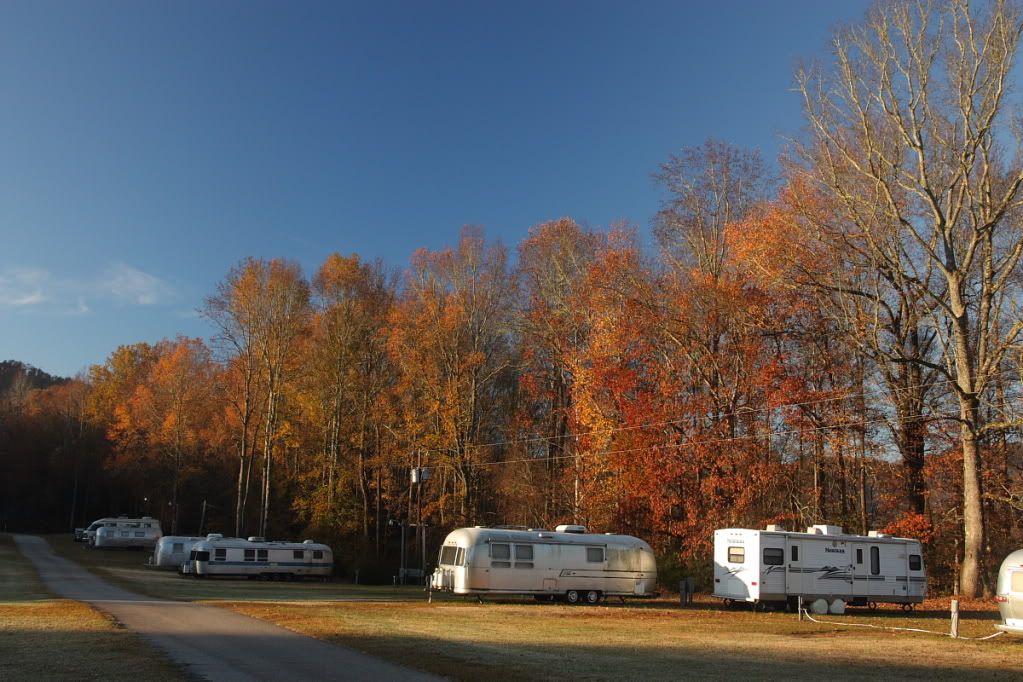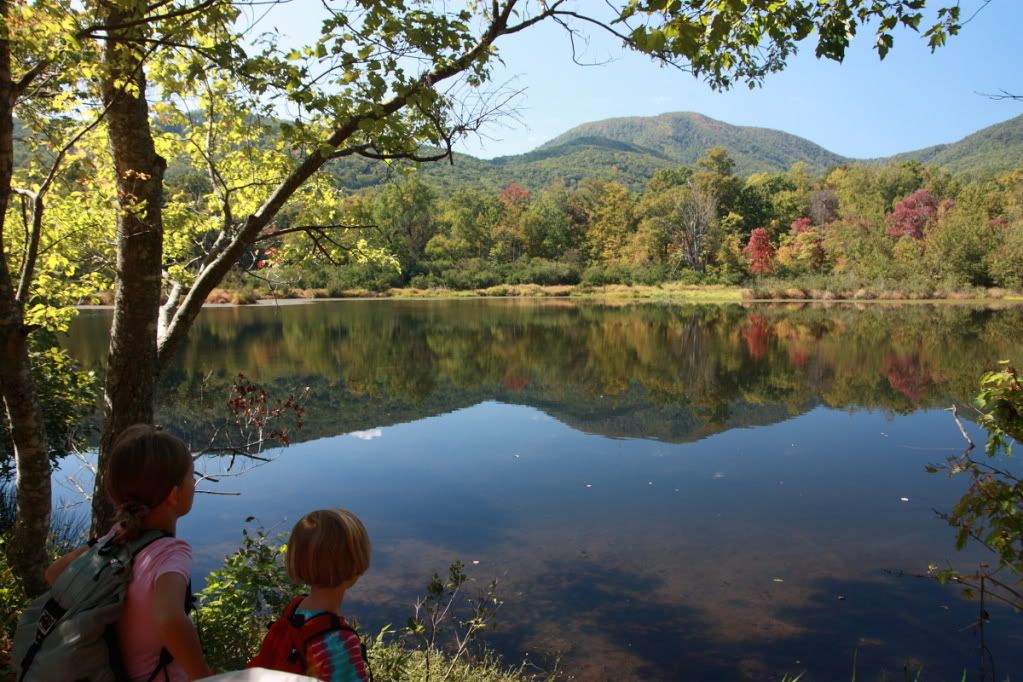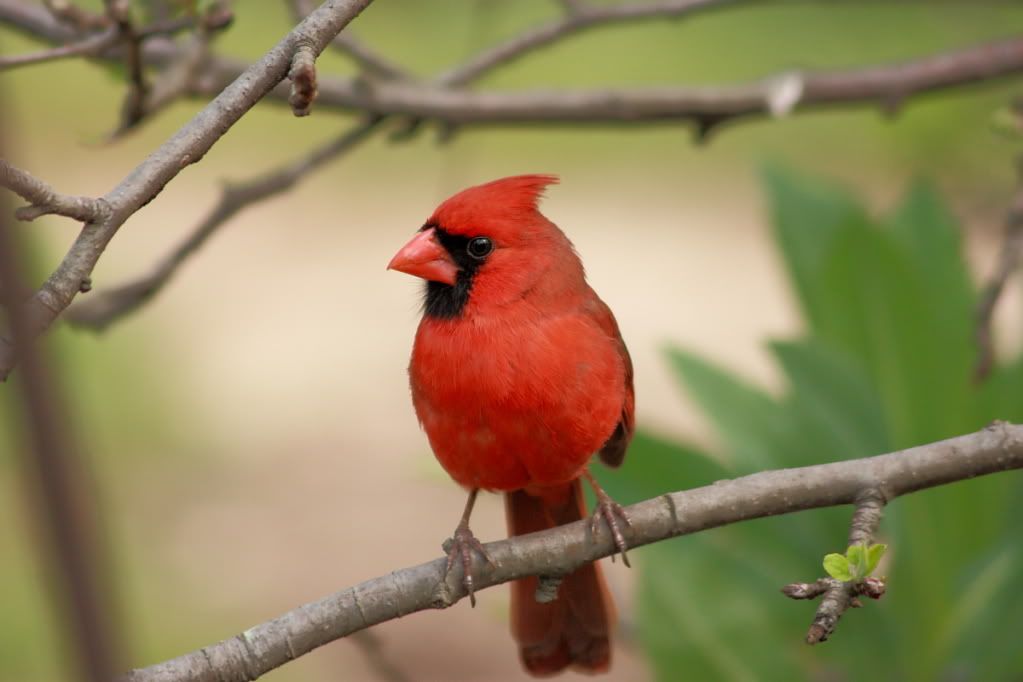August 21, 2017
January 24, 2017
This video of the Alumalina Fall 2016 rally gives you a tour of the campground, and what it looks like slam full:
FYI if you are scheduling an event, in addition to the picnic shelter featured in this video, we also have the “big green building” which has meeting / dining space and a full commercial kitchen.
A big thanks to Alumalina for choosing Palmetto Cove, and for putting together this beautiful video!
July 16, 2016
Don’t let the quiet here on our blog fool you, Palmetto Cove is busier than ever. We are open April – November every year. Check out our renovated website for updates and a campground tour at PalmettoCove.com.
October 15, 2015
Coming next week – giant gathering of shiny silver campers. Enjoy this video, which shows some Palmetto Cove footage as well as pictures from previous year’s Alumalina events at other campgrounds.
June 19, 2015
Come to Palmetto Cove, of course. Where you can . . .
- Cool off at the river — great for wading, tubing, and fishing.
- Unwind in a rocking chair in the shade of the pavilion, which sits up on the hill where there is always a breeze.
- Wander up into the mountains for a gander at the waterfalls and overlooks.
- Catch up with friends, play a game of cards, and relax!
There’s just no bad time to visit the Cove.
September 17, 2014
New Book: Exploring Southern Appalachian Forests
Posted by Jennifer Fitz under UncategorizedLeave a Comment

For those interesting in learning more about the land around Palmetto Cove, take a look at the newly-released Exploring Southern Appalachian Forests: An Ecological Guide to 30 Great Hikes in the Carolinas, Georgia, Tennessee, and Virginia by Stephanie B. Jeffries and Thomas R. Wentworth.
A few excerpts from an interview with the authors:
CR: What makes your “ecological guide” different from other hiking books?
TW: Many other hiking books are focused on the details of a trail as a way to get from point A to point B. This is not a bad thing—we all need to know trail conditions, elevation gain and loss, points of interest, directions that keep us on track (and not lost), and so forth. Indeed, we love and use such trail guides ourselves. However, we offer our readers something entirely different. While some guides will comment briefly on historical events, forest types, or points of particular interest, none offer the holistic, ecological view that we provide. We teach hikers how to read the landscape and to appreciate the ecological components and processes that make these forests what they are today. We feel that this is a unique contribution to the hiking literature.
SJ: To add to what Tom said, what excites me about ecology is its accessibility. Ecological concepts are often intuitive and fun to share. What makes the science challenging is that it requires you to pull together everything you know to solve a puzzle. When you walk into a forest and want to understand what you see, you’d better bring along everything you know about biology, geology, chemistry, physics, geography, and history. The complexity of nature is what makes it so hard to decipher, and at the same time, so fascinating. You really feel like a Renaissance scientist!
CR: How do you envision readers using this guide out on the trail?
TW: First, I believe that readers should consult our book before hitting the trail! The hiker who has previously read the hike’s narrative, its sidebar, and some related sidebars and relevant community descriptions is then prepared for a most rewarding experience. Once on the trail, I would envision the reader pausing occasionally to pull our book from its home in the backpack and then consulting it as a reference. In this way the hiker would be prepared for and could quickly find answers to questions like: What did Steph and Tom say about this waterfall? Why did they say all the trees are small and of similar sizes? Which way did they say to turn at this trail junction? Which natural community is this? Which maple am I seeing? I also imagine and hope that readers might reach the destination summit or overlook, find a comfortable place to sit, and read again the hike’s narrative and sidebar, letting their immediate experience and the book’s content mingle in their minds. Perhaps this last step might even happen later that evening, in front of a campfire or in a cozy chair back home.
Read the whole interview here.
Interview quoted with publisher’s permission from: A conversation with Stephanie B. Jeffries and Thomas R. Wentworth, authors of Exploring Southern Appalachian Forests: An Ecological Guide to 30 Great Hikes in the Carolinas, Georgia, Tennessee, and Virginia (University of North Carolina Press, Fall 2014).
June 16, 2014
May 20, 2014
April 10, 2014








